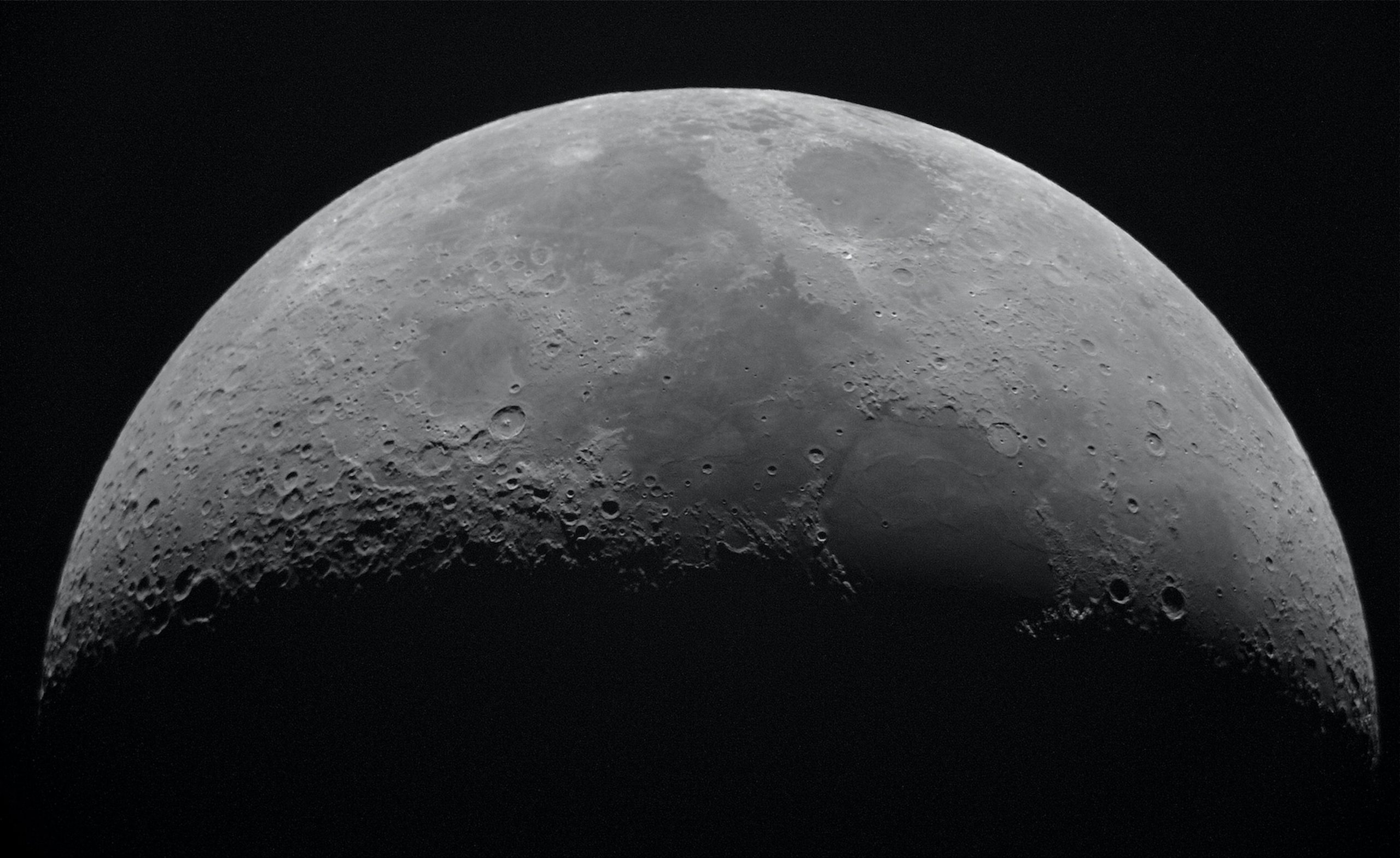NASA’s VIPER mission will further analyse water ice previously found on the moon next year.
The moon has water trapped inside tiny glass beads, suggesting the presence of water reservoirs there that could be extracted for future lunar explorers, planetary scientists at the Chinese Academy of Sciences found.
Published in the Nature Geoscience journal on Monday, the study found that glass beads are potentially “the dominant reservoir involved in the lunar surface water cycle”, as quoted by AFP.
“But we didn’t know where exactly it was coming from,” Mahesh Anand, co-author of the study, told AFP.
Scientists were able to identify the potential water reservoir on the moon by analysing 117 glass beads gathered by China’s Chang’e-5 spacecraft in December 2020.
Samples gathered by the Chinese spacecraft suggested that the total water glass beads could amount to up to 270 trillion kilograms.
The study said that the beads were created from cooled melted material produced by small meteorites that hit the moon’s surface, which does not have atmospheric protection.
“There is little doubt that most of the moon’s surface harbours water in one form or another. However, the origin(s) of this lunar surface water and its spatial distribution and evolution during regolith gardening remain largely unknown, despite key implications for future lunar surface exploration,” the study said.
Analysing the source of water’s basic molecules of hydrogen and oxygen, scientists found that the former comes from solar winds. The oxygen is also found trapped inside of the moon’s rocks and minerals.
The latest findings encourage further discovery of water on the moon, after scientists previously found water ice on the planet.
“These findings indicate that the impact glasses on the surface of the moon are capable of storing solar wind-derived water and releasing it into space,” Hu Sen, who led the team of researchers, said.
Next year, NASA’s VIPER mission will further analyse water ice previously found on the moon, with plans by the agency’s Artemis mission to send humans to the planet for the first time since 1972.
Anand told AFP that the European Space Agency’s robotic drill PROSPECT will launch in 2025 to extract water from the Moon.







